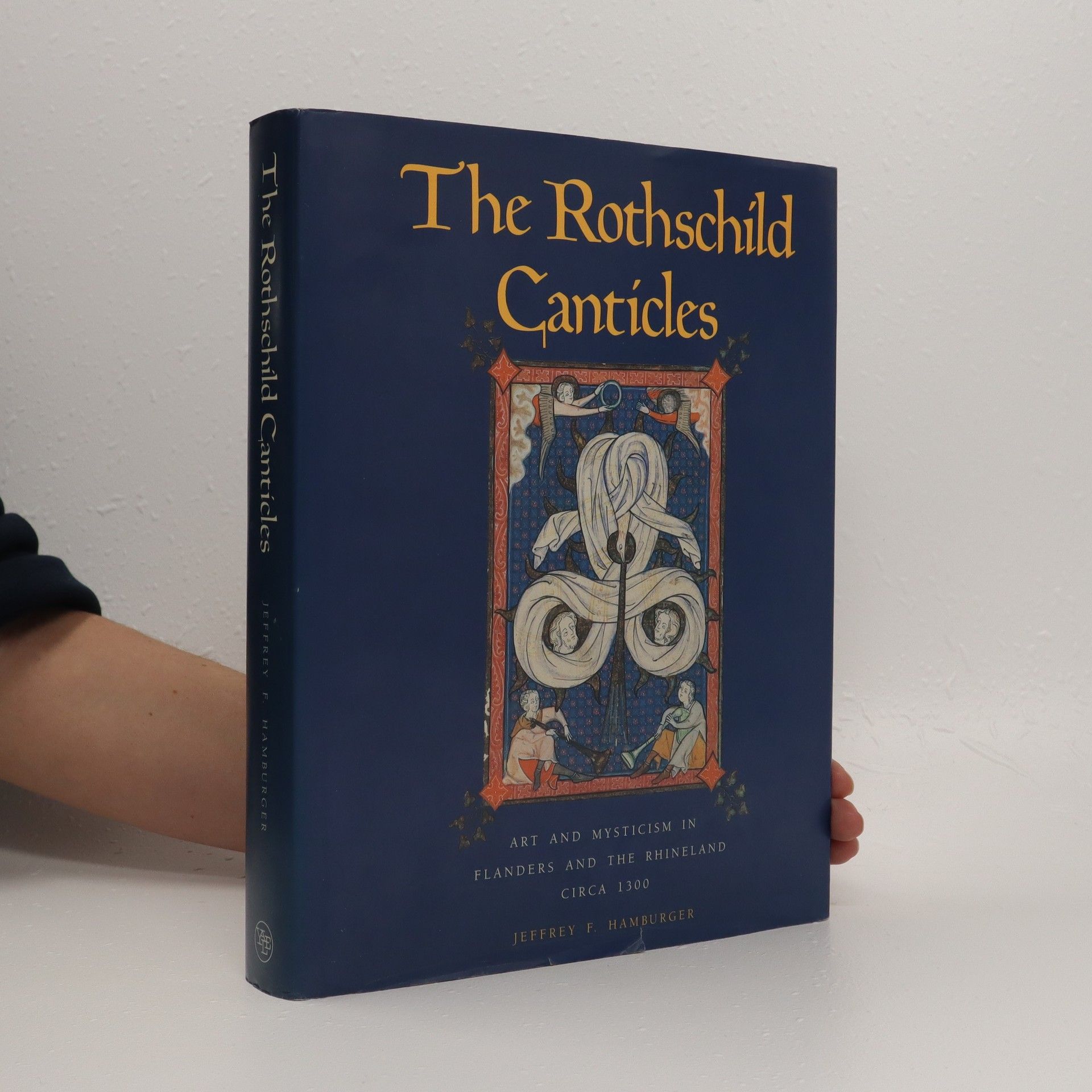The Rothschild canticles : art and mysticism in Flanders and the Rhineland circa 1300
- 348 Seiten
- 13 Lesestunden
The Rothschild Canticles is one of the most unusual illuminated manuscripts to have survived from the Middle Ages. Produced for a nun at the turn of the 14th century, it served as an aid to mystical devotions in which images played as central a role as the written word. Visionary depictions of Paradise, the Song of Songs, the Virgin Mary, the Trinity, and hundreds of other subjects based on texts ranging from the Bible to the Lives of the Desert Fathers together form a devotional program that transports the reader toward contemplative union with God.

